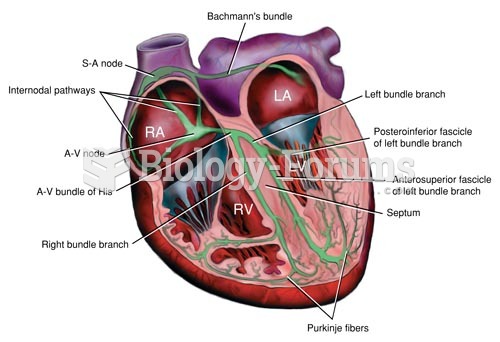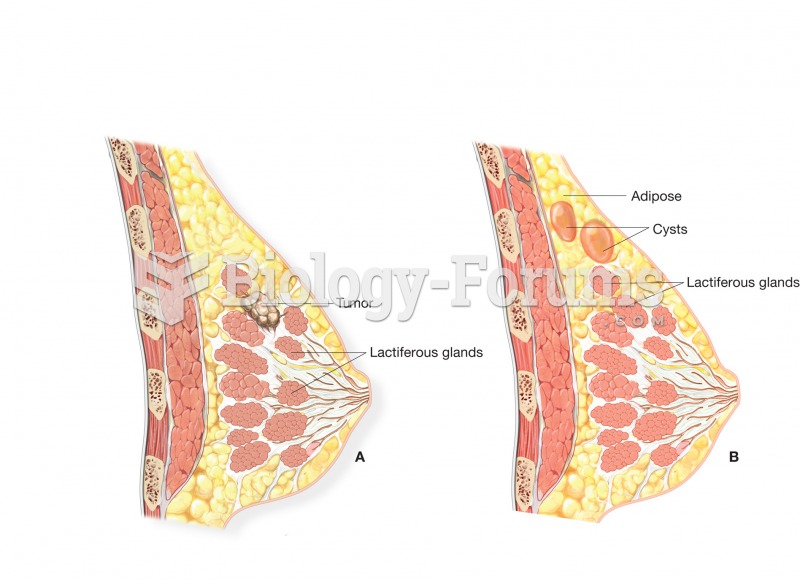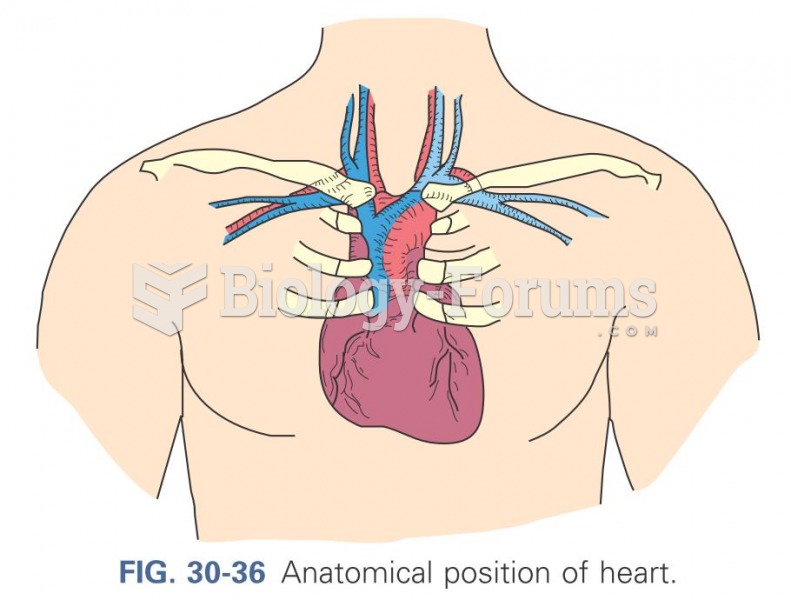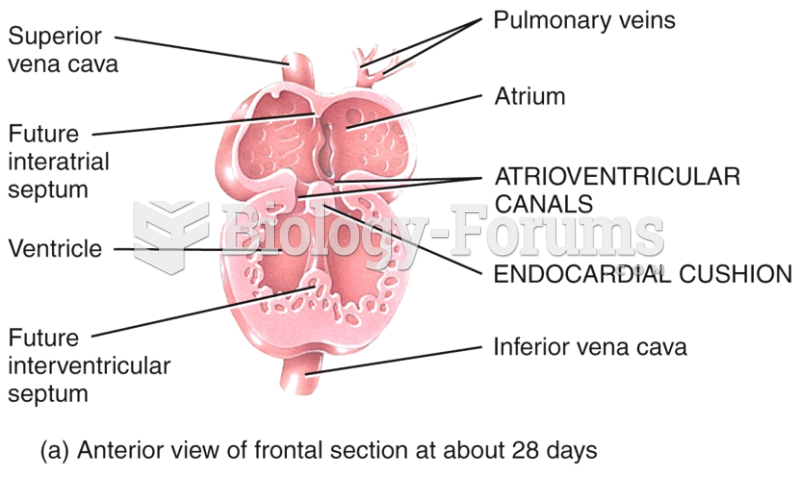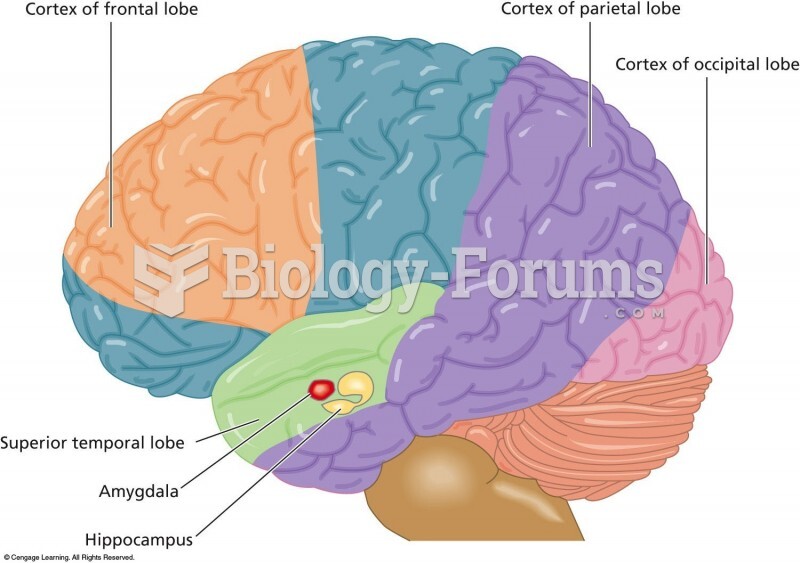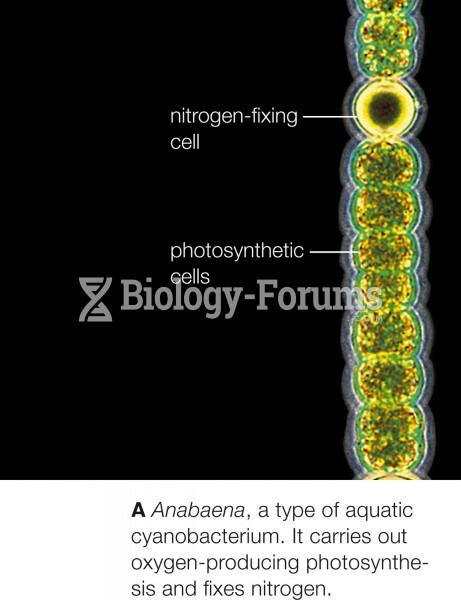Answer to Question 1
D
Feedback
A Incorrect. This is a stereotype that has led to a relative neglect of women's car-diac problems.
B Incorrect. Men usually receive more aggressive treatment.
C Incorrect. Testing in the past has focused on male patients.
D Correct. Women receive less aggressive treatment and less effective instruction for cardiac disease. This is potentially due to the atypical presentations women have for cardiac disease and myocardial infarctions.
Answer to Question 2
D
A beta-adrenergic blocker is an important part of the standard therapy for patients with HF and is the drug of choice to break the neurohormonal cycle that aggravates HF. Beta-blockers inhibit the action of epinephrine (EPI) and norepinephrine (NE) to decrease myocardial workload and lower the oxygen demands of the myocardial tissue. This woman's heart is an ineffective pump because it is ischemic and unable to meet the body's metabolic demands. An ischemic heart has difficulty obtaining the supply of oxygen it needs to maintain cardiac output. As a result, the hy-poxic myocardium stimulates the sympathetic nervous system to release EPI and NE for shunting blood from the periphery to vital organsthe fight-or-flight mechanism. The release of EPI and NE causes vasoconstriction and subsequent hypertension. Both make the work of the heart more difficult because the heart must work harder to pump blood out of the left ventricle against a higher afterload. This extra work increases the oxygen demands of the myocardial tissue and augments the cycle started by the ischemic heart.
A diuretic is a part of the standard therapy for HF for controlling fluid balance, but it does not interrupt neurohormonal activation from HF. Nitroglycerin is a common therapy for an ischemic myocardium to increase myocardial oxygenation, but it does not interrupt the neuro-hormonal activation from HF. Digoxin, a cardiac glycoside, is a part of the standard HF therapy and acts as an inotropic agent to increase the force of myocardial contractions; however, it does not interrupt neurohormonal activation from HF.


